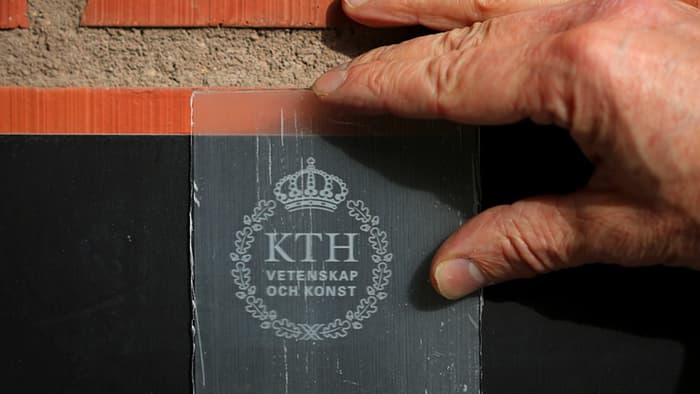Whether it's being used to make highrises, bicycles or foam insulation, wood is known for being a strong, plentiful, inexpensive and renewable alternative to conventional building materials. Soon, it may even find its way into windows and solar cells – as a cheaper substitute for traditional silica-based glass.
Led by Prof. Lars Berglund, researchers at Sweden's KTH Royal Institute of Technology started by chemically removing lignin from natural wood fibers – lignin is one component of wood cell walls. What was left was a material that was "beautifully white," but still not transparent.
In order to achieve that transparency, the material was mixed with prepolymerized methyl methacrylate (PMMA). This altered the refractive index of the resulting mixture, turning it transparent. Depending on the intended application, the finished product can also be made more translucent, by fine-tuning the wood-to-PMMA ratio.
This actually isn't the first time we've seen wood turned into a transparent material, as nanofibrillated cellulose has been used to create items such as the substrate for wood-based computer chips. According to KTH, however, the new process should be particularly well-suited to large-scale applications and mass production.
The researchers are now looking at increasing the material's transparency, scaling up the manufacturing process, and using a wider variety of woods.
"It's attractive that the material comes from renewable sources," says Berglund. "It also offers excellent mechanical properties, including strength, toughness, low density and low thermal conductivity."
A paper on the research was recently published in the journal Biomacromolecules.
Source: KTH
